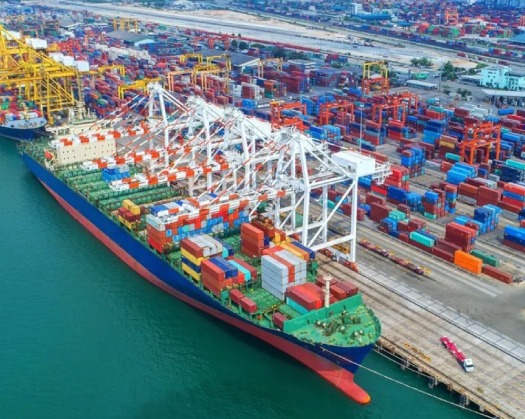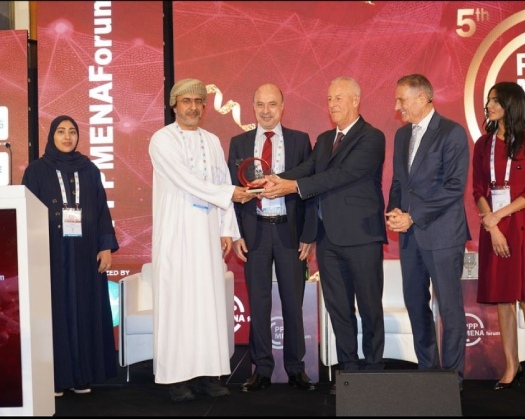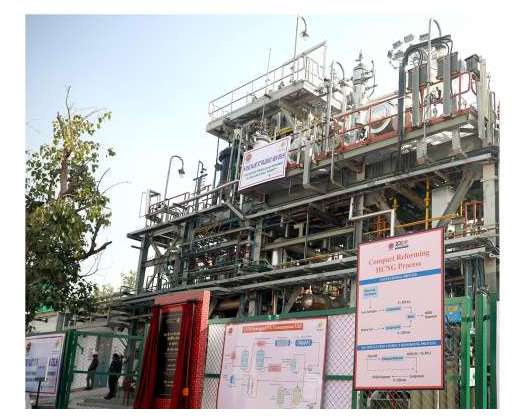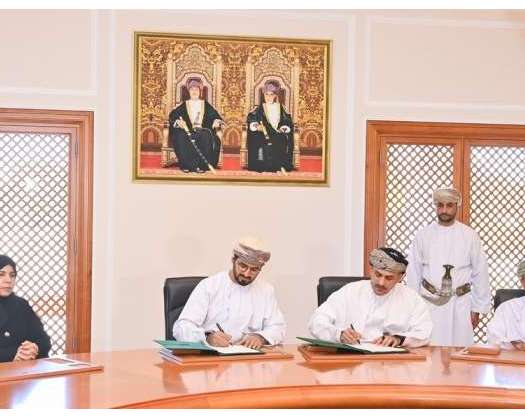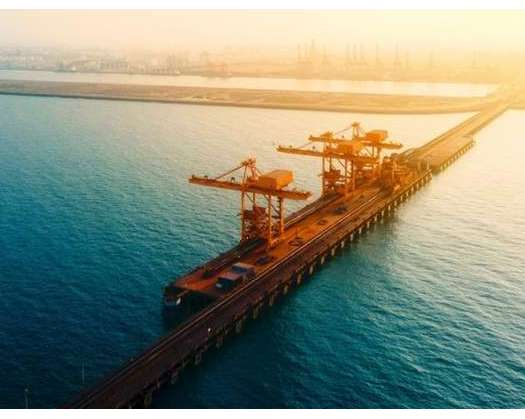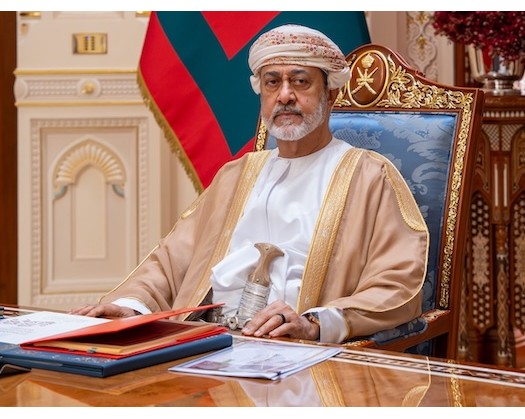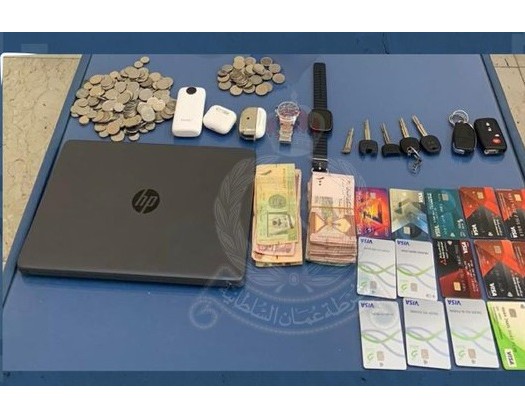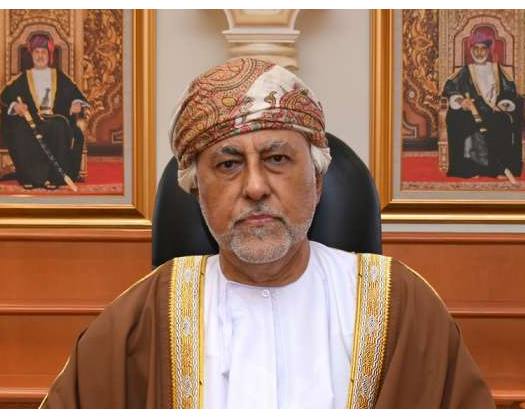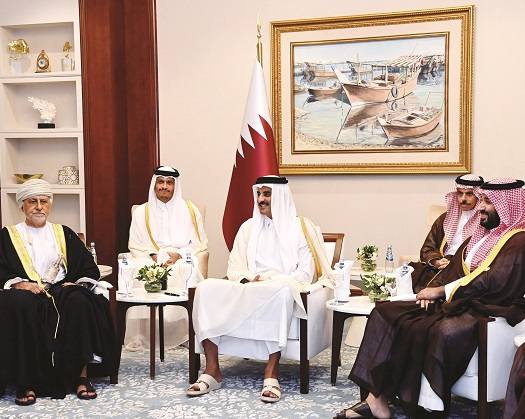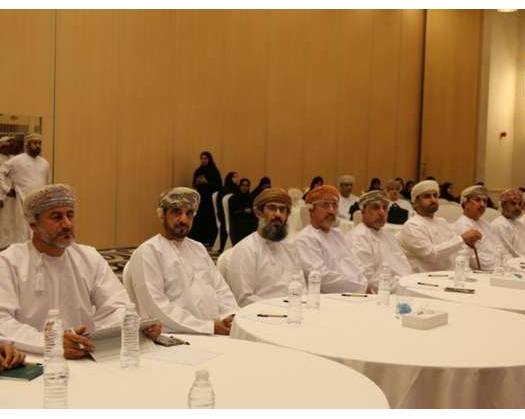New Delhi: On the 12th of October, 2024, the Government of India announced significant progress in the PM GatiShakti National Master Plan, marking its third anniversary since its inception in 2021.
This initiative is designed to enhance the planning and execution of infrastructure through the integration of data and international collaboration. The Government of India is actively pursuing the extension of the PM GatiShakti framework beyond national boundaries. Diplomatic efforts are currently underway with several countries, including Nepal, Bangladesh, Sri Lanka, Madagascar, Senegal, and Gambia, to promote the adoption of geospatial technology in infrastructure development.
This will be achieved by leveraging geospatial technology for integrated infrastructure planning in collaboration with neighboring countries. A recent statement from the Ministry of Commerce highlighted plans to secure access to non-sensitive data for non-governmental users engaged in developmental activities. This measure is intended to assist developing and underdeveloped nations in streamlining their infrastructure development and adopting Indian best practices to accelerate their development journey.
Launched by Prime Minister Narendra Modi in October 2021, the PM GatiShakti initiative has significantly transformed India's approach to infrastructure projects. The Ministry of National Developmental Projects emphasized that the initiative has catalyzed a paradigm shift by integrating data from 44 central ministries and 36 states/Union Territories of the country, leading to a more efficient, transparent, and synchronized system. The PM GatiShakti framework utilizes GIS-based tools and real-time monitoring systems to support informed decision-making.
The integration of over 1,600 data layers has streamlined project execution, reduced logistics costs, and improved service delivery nationwide. Furthermore, the initiative has broadened its scope to include social sector ministries, with the aim of addressing gaps in essential services such as healthcare and education. The platform is also a crucial component in India's commitment to achieving Net Zero emissions by 2070, promoting sustainable logistics solutions.
Looking ahead, the PM GatiShakti initiative plans to incorporate emerging technologies such as Artificial Intelligence (AI) and the Internet of Things (IoT) into its planning processes. This focus on technological integration is anticipated to further revolutionize infrastructure management in India.
The PM GatiShakti initiative is in close alignment with the National Logistics Policy (NLP), addressing critical infrastructure gaps while enhancing India's logistics performance. According to the World Bank's Logistics Performance Index Report (2023), India's ranking has improved from 44th in 2018 to 38th this year, demonstrating the positive impact of these initiatives. The technological sophistication and comprehensive nature of this master plan could similarly benefit the developing world, reinforcing India's role as a leader and advocate for the Global South.
With the proposal to grant access to the Gati Shakti Master Plan to countries worldwide, India is positioned to emerge as a key player in global infrastructure development. By sharing the best practices that have enabled India to overcome various challenges, this initiative could establish India as a pioneer in infrastructure development. The prospect of other nations benefiting from a concept and technology developed entirely in India will further enhance the country's aspirations of becoming a 'Vishwaguru' on the global stage.
It appears that the global community is acknowledging India's achievements, thereby elevating India to the status of a beacon for developing nations. As Prime Minister Narendra Modi's Ministry of External Affairs (MEA) progresses in its endeavors towards global cooperation and improved infrastructure planning, it serves as a clear demonstration of India's dedication to the modernization of its infrastructure while guaranteeing sustainable progress for the generations to come, not solely for India but for the international community at large.


